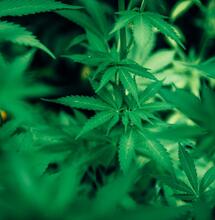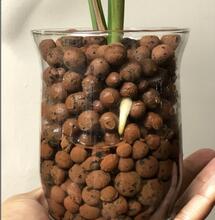Heavy Metal Contamination
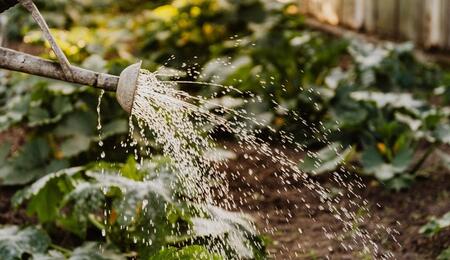
Cannabis belongs to a category of plants labelled "accumulator plants". Fertilisers, water, soil, air, and root zone media, contain varying levels of toxic heavy metals and other pollutants that your cannabis plants as "accumulators" take in and store.
The list of heavy metals" includes arsenic, Cadmium, Lead, Mercury, Nickel, iron and copper. Effects from heavy metals are not felt overnight; the toxins slowly accumulate in our bodies over time. Scientific tests found that anywhere between 6%-23% of heavy metals are transferred from plant matter to smoke when they are burned.
Most heavy metals enter cannabis primarily via nutrients, fertilisers, and soils. Growing in soil is a contributor as the ground will naturally contain many chemical elements dependent on what it has been exposed to both organically and environmentally. The biggest culprit, however, is poor quality nutrients and fertilisers. These feeds and fertilisers tend to contain cheap, low-grade elements to keep costs down.
Phosphorous, the P in your NPK, is an essential macronutrient required in large amounts by your plants. Phosphorous is often a carrier material that contains radiation and heavy metals. In raw form, it can contain substantial amounts of toxic contamination. Phosphorous is also a natural chelator, meaning that it binds with heavy metals and other poisonous substances. A feeding regime rich in phosphorous is very common in indoor growing. You will find that almost all nutrients, medium and fertilisers contain far more phosphorous than your plants need;
Zinc, an essential micronutrient in your plant feed, can also cause problems. Although your plant needs only a tiny amount, zinc can still be a risk to your health. It may contain lead, cadmium, and Mercury, all of which can be a danger if repeatedly ingested over time.
There are often "heavy metals analysis" statements on fertiliser labels showing you that levels are safe. This is due to organisations introducing acceptable levels of heavy metals in fertilisers that are safe for human consumption. This is great as the hydroponics industry, and the specific fertilisers are still unregulated and not standardised.
So what is the best way to avoid using products that may contain unsafe levels of heavy metals and other chemical contaminants? Choose quality products. This might mean spending a bit more money, but you get what you pay for. Look out for products that use pharmaceutical-grade metal salts. These are cleaner, high quality and more thoroughly tested.
Do not be fooled that "organic" means "clean" in terms of organic nutrients. Heavy metals are naturally present in the environment, including any animal matter in your organic fertiliser. Examples include fish that can be high in Mercury and bat guano which contains higher levels of arsenic and several other metals. Alternatively, try Vegan nutrients that are very low in heavy metal content. The formulas originate solely from plant matter, with no synthetic chemicals or animal-based derivatives.
Tests have shown that weed grown using organic methods and techniques contains contaminants (heavy metals) at levels of around 2-5 parts per million. Weed grown on a vegan feeding schedule comes in at about 200-600 parts per billion, over 100 times less!
Using a medium such as coco coir will help keep levels to a minimum because it is chemically inert, rather than soil already pre-loaded with an unknown amount of elements. Suppose you grow in a hydro system (DWC, NFT, aeroponics). In that case, I recommend using RO (reverse osmosis) to filter and purify the water.
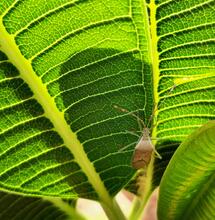

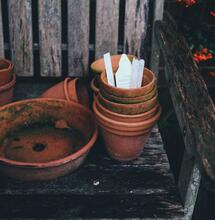
.png)
